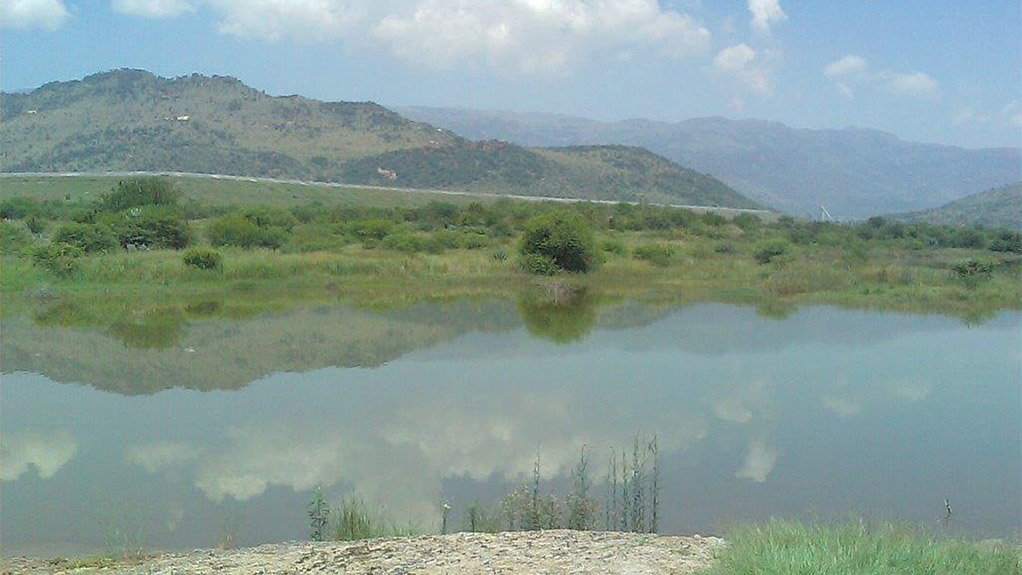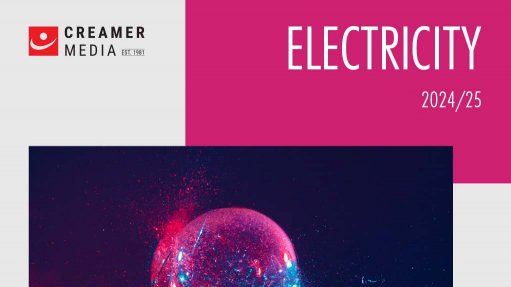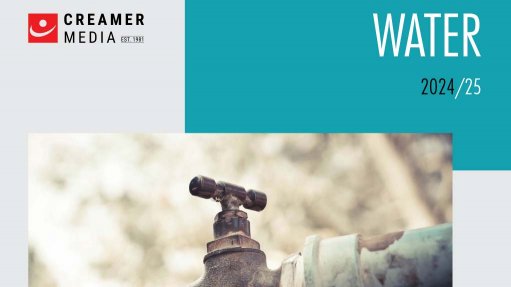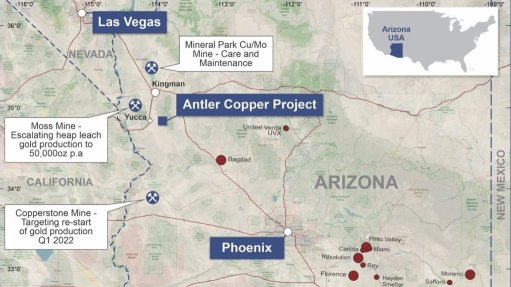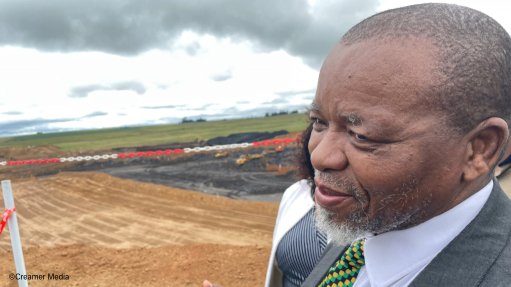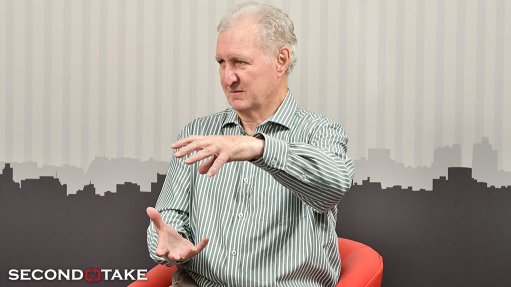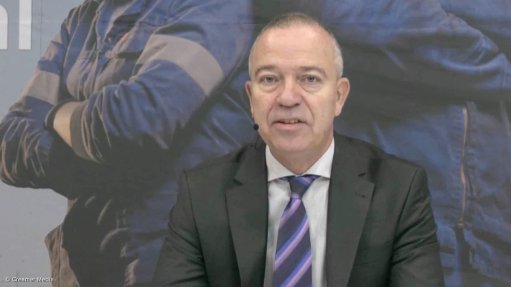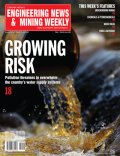Sibanye supports ICMM Water Stewardship Maturity Framework
Diversified mining company Sibanye-Stillwater has welcomed and expressed its support for global leadership body the ICMM’s Water Stewardship Maturity Framework, which is a practical tool for all mining and metals companies to advance their water stewardship practices.
“The release of the Water Stewardship Maturity Framework is commendable and I am convinced it will go a long way towards cementing and enhancing sound water stewardship practices across the mining and metals industry in general, not just the ICMM members,” says Sibanye CEO Neal Froneman.
The framework was developed as the mining and metals industry interacts with water at all stages of its operations. The industry, therefore, has a responsibility to sustainably manage this shared and precious resource.
Sibanye says its teams have already made good progress in aligning and meeting the objectives outlined in the framework and will continue to work towards pragmatically embedding the principles of each element into its own initiatives and strategic thinking to enhance its water stewardship maturity from being basic and advanced to being a leader in water stewardship maturity and water resilience in the mining and metals industry.
“Water of the right quality and quantity, and at the right costs, is a critical resource for the sustainability of our processing plants, our mining operations and our mining and host communities.
“As we start to build water resilience to counter the effects of climate change on our business in the medium to long term, having a sound water stewardship framework reinforces our solid progress on this journey,” Froneman says.
Sibanye remains committed to water stewardship as part of its ongoing journey to build a water-resilient and overall climate resilient business. Water stewardship is about accessing and managing water in ways that are socially equitable, environmentally sustainable and economically beneficial, he adds.
The Water Stewardship Maturity Framework identifies five key elements of water stewardship, namely governance and strategy, understanding water context, risks and opportunities, integration in business planning and decision-making, performance and measurement, and transparency and reporting.
Some of the tangible achievements and initiatives undertaken by Sibanye, placing it firmly on a water stewardship maturity trajectory, include an ongoing strategic alignment to the United Nations Sustainable Development Goal 6.
At the company's South African operations, at the end of 2022, it achieved a cumulative 37% reduction in the purchase of potable water from sensitive catchments or other external sources, compared with a 2020 baseline. This reduction strategy is ongoing and bodes well for its water independence strategy, the company says.
Further, Sibanye uses a substantial daily volume of grey water of a lower quality from a municipal-owned and operated wastewater treatment works close to its platinum group metal (PGM) operations in South Africa to augment the operations' daily water needs and increase independence from external water sources.
Additionally, the company increased daily potable water production from its water treatment plants at its South African gold operations. At the end of 2022, its water treatment plants could produce 35 Mℓ a day of potable water – enough to meet the potable water demand of 178 500 people or 35 700 households.
Sibanye also discharged good-quality water, about 84 102 Mℓ, in 2022, or about 230 Mℓ a day, from across its global operations into integrated catchments, such as the Integrated Vaal River System (IVRS) in South Africa, for public consumption and hence the public good, Froneman points out.
“Research and development initiatives at our South African PGM operations, in terms of investigating alternative groundwater sources, optimise water recovery from the tailings storage facilities around technologies for optimal water recycling and potable water production.”
Further, at its US operations, research and design of a biological nitrification circuit that reduces nitrogen in the form of ammonia is being done.
At its South African PGM operations, the company commissioned a nitrate or ammonia scavenger pilot facility that uses ion-exchange to strip nitrates and ammonia from the mine water body.
Comments
Press Office
Announcements
What's On
Subscribe to improve your user experience...
Option 1 (equivalent of R125 a month):
Receive a weekly copy of Creamer Media's Engineering News & Mining Weekly magazine
(print copy for those in South Africa and e-magazine for those outside of South Africa)
Receive daily email newsletters
Access to full search results
Access archive of magazine back copies
Access to Projects in Progress
Access to ONE Research Report of your choice in PDF format
Option 2 (equivalent of R375 a month):
All benefits from Option 1
PLUS
Access to Creamer Media's Research Channel Africa for ALL Research Reports, in PDF format, on various industrial and mining sectors
including Electricity; Water; Energy Transition; Hydrogen; Roads, Rail and Ports; Coal; Gold; Platinum; Battery Metals; etc.
Already a subscriber?
Forgotten your password?
Receive weekly copy of Creamer Media's Engineering News & Mining Weekly magazine (print copy for those in South Africa and e-magazine for those outside of South Africa)
➕
Recieve daily email newsletters
➕
Access to full search results
➕
Access archive of magazine back copies
➕
Access to Projects in Progress
➕
Access to ONE Research Report of your choice in PDF format
RESEARCH CHANNEL AFRICA
R4500 (equivalent of R375 a month)
SUBSCRIBEAll benefits from Option 1
➕
Access to Creamer Media's Research Channel Africa for ALL Research Reports on various industrial and mining sectors, in PDF format, including on:
Electricity
➕
Water
➕
Energy Transition
➕
Hydrogen
➕
Roads, Rail and Ports
➕
Coal
➕
Gold
➕
Platinum
➕
Battery Metals
➕
etc.
Receive all benefits from Option 1 or Option 2 delivered to numerous people at your company
➕
Multiple User names and Passwords for simultaneous log-ins
➕
Intranet integration access to all in your organisation



